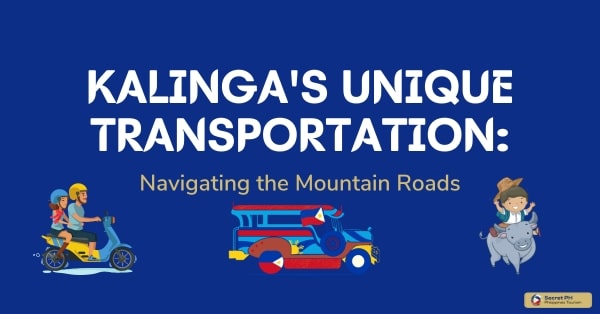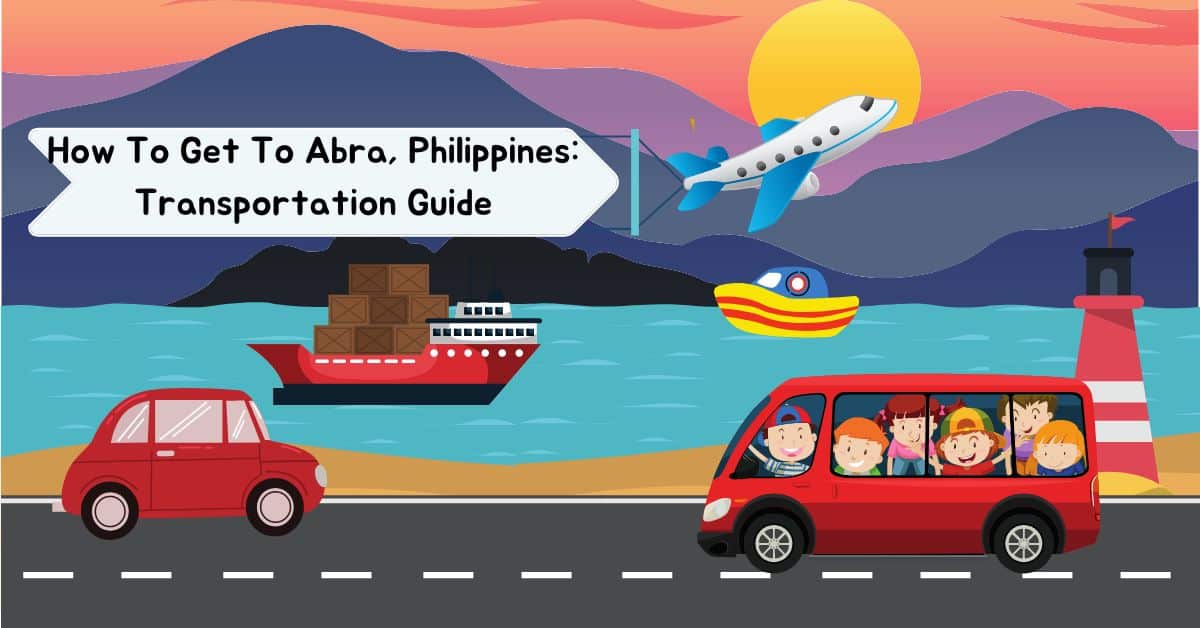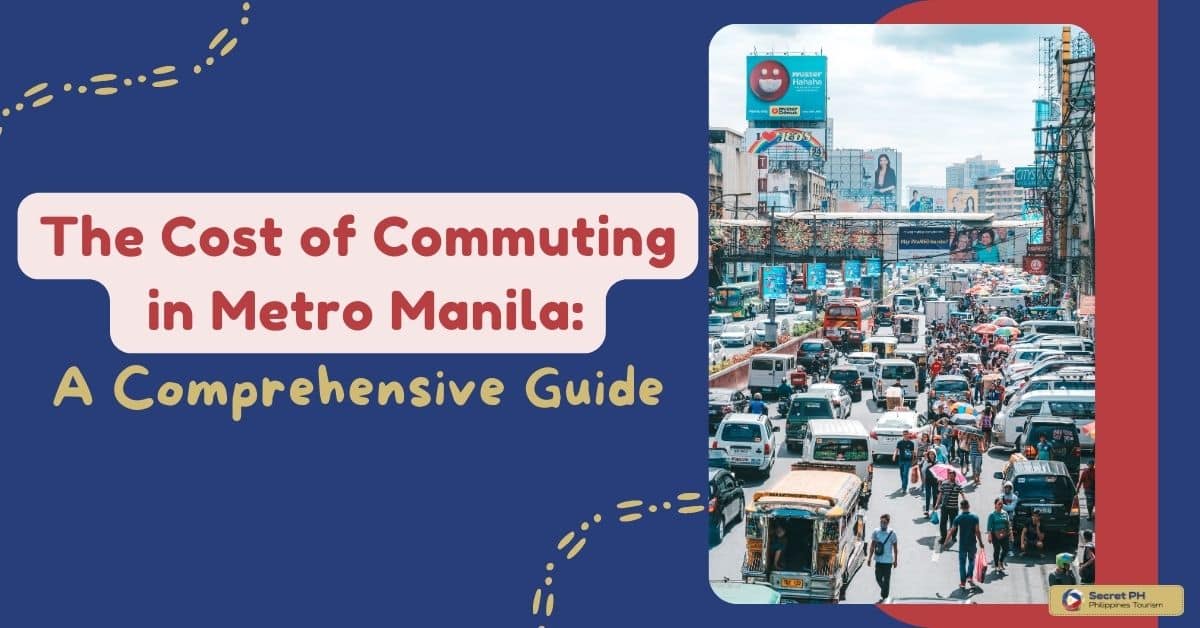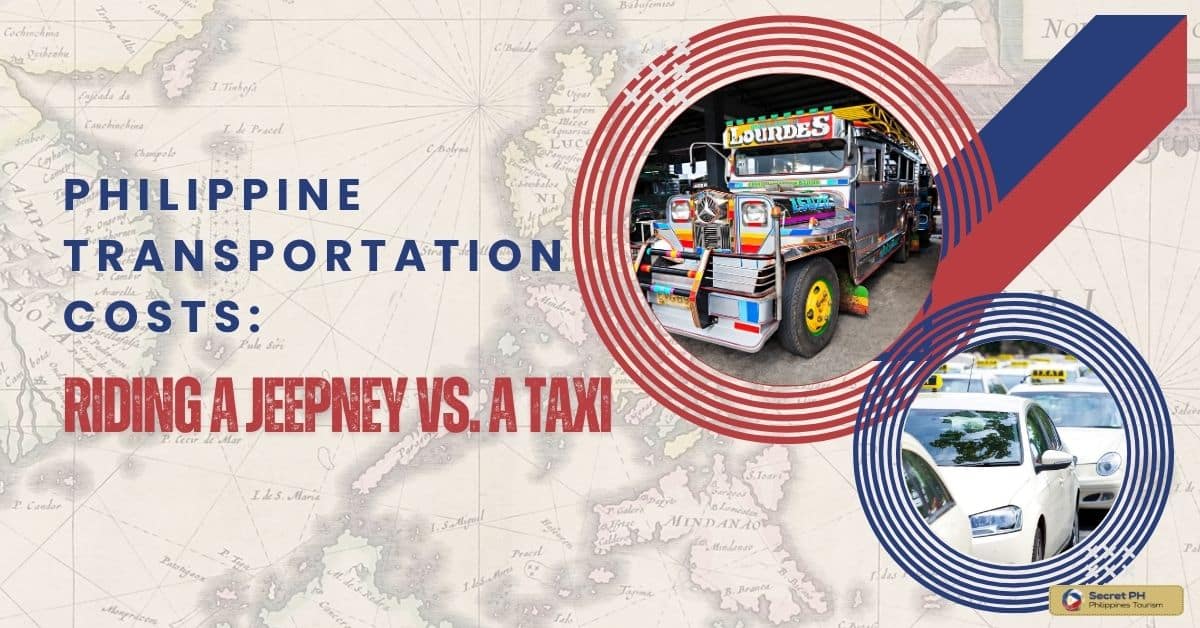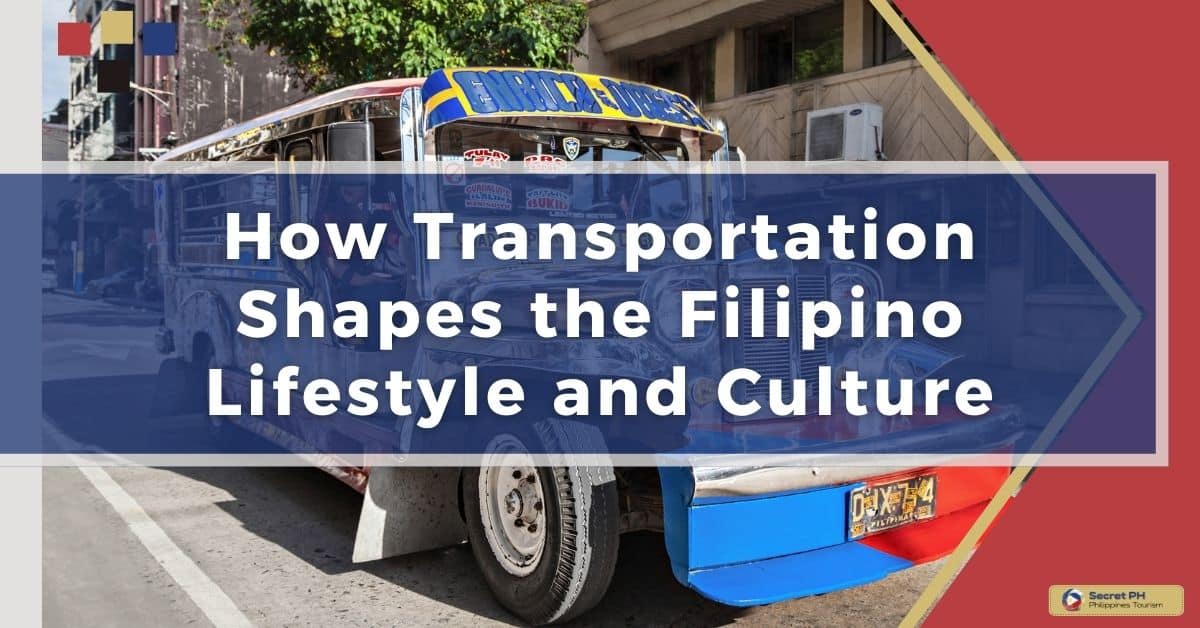Getting around the Philippines can be a daunting task for first-time visitors, as well as those who are unfamiliar with the local transportation options.
Taxis and Grab are two popular transportation options. Taxis are the traditional mode of transportation, but Grab has risen in popularity due to its convenience and reliability. Both options have their pros and cons, and it’s important to consider safety and cost when choosing between them.
In this article, we’ll explore the pros and cons of taking taxis versus Grab, safety considerations when utilizing either option and alternatives to taxi or Grab in the Philippines.
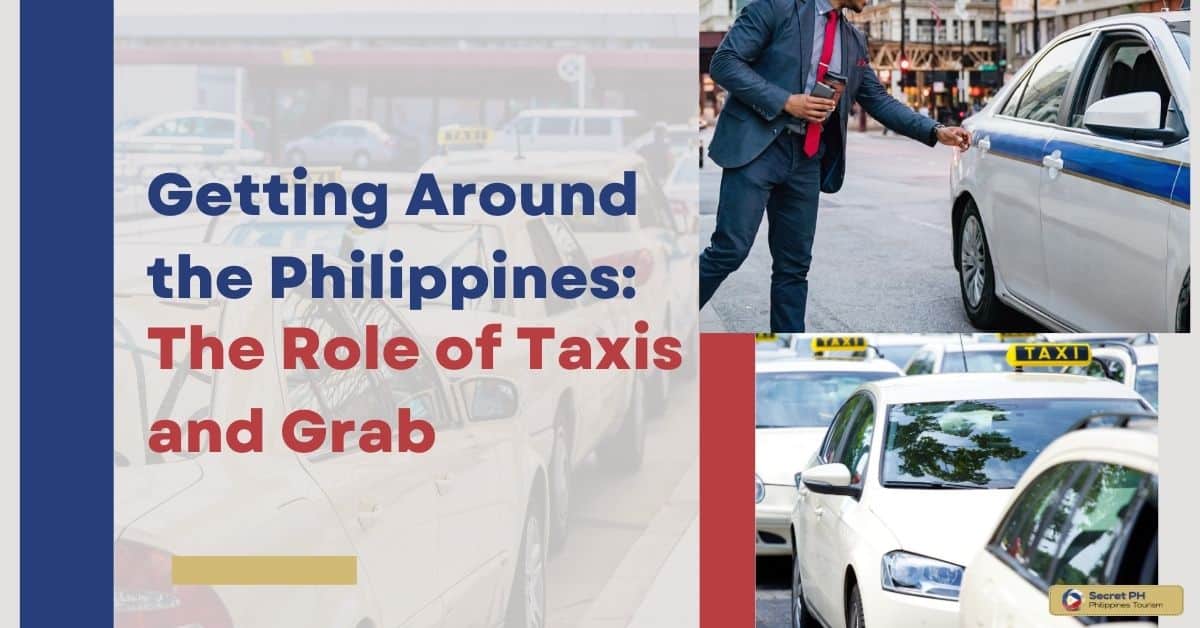
Taxis: The Traditional Mode of Transportation
Taxis are the traditional mode of transportation in the Philippines. It can be hailed from the street, or booked in advance through a taxi operator’s website or app. The main benefit of taking taxis is that they are familiar to locals and offer a more personalized trip experience.
However, there is no guarantee that you will get a safe and reliable driver. It is also important to remember that taxis may not be available at all times, so you should plan ahead if you need a ride during peak hours or rush hour. When taking a taxi in the Philippines, it is essential to negotiate the fare before starting the journey.
The fares can vary significantly depending on the time of day and traffic conditions, so it is always best to ask the driver for a price before getting in. It is also important to be aware of unscrupulous taxi operators who may try to overcharge or take advantage of tourists. If this happens, you should refuse the ride and report the driver to the local authorities if necessary.
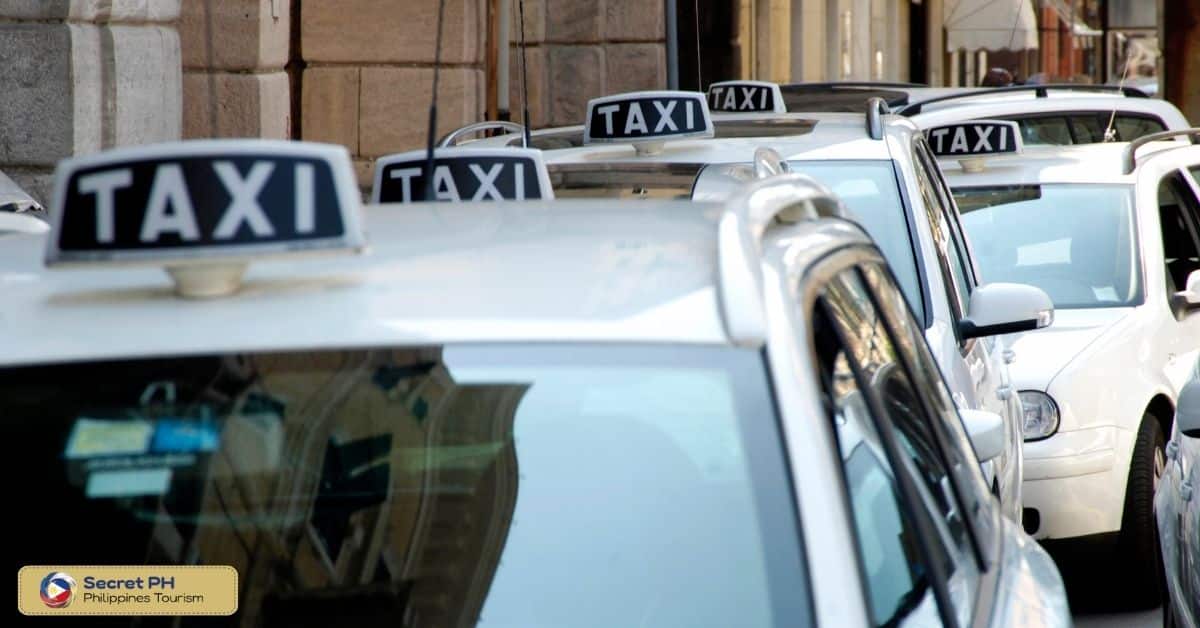
The Rise of Grab: Understanding the Ride-Hailing Service in the Philippines
Grab is a ride-hailing service that has become increasingly popular in the Philippines. It offers an easy, convenient, and reliable way to get around without having to wait for taxis or haggle over fares.
All you need to do is download the Grab app, enter your desired pick-up and drop-off points, and then select a vehicle type. The app will show you the estimated fare and allow you to pay either with cash or credit.
Drivers using Grab are typically more reliable and professional than taxis, as they must meet certain safety standards set by the company. Furthermore, the fares are usually cheaper than traditional taxi rides due to competition from other drivers on the platform.
Additionally, Grab offers various discounts and promotions that can help you save money on your rides. However, it is important to remember that Grab may not always be available in certain areas or during peak hours.
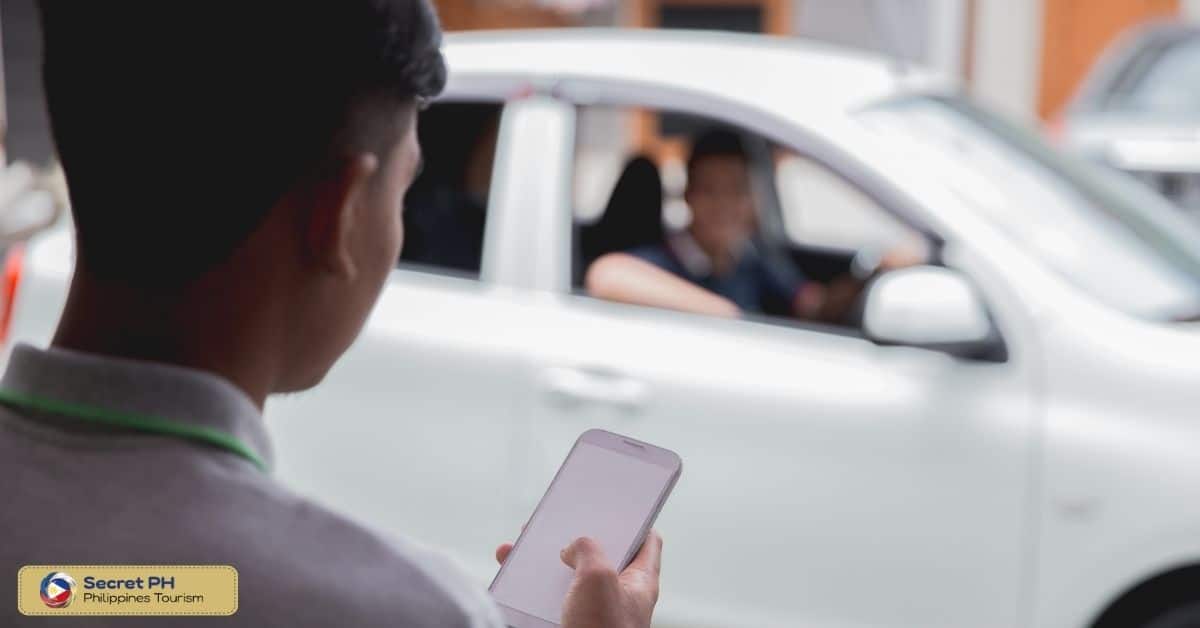
Pros and Cons of Taking Taxis vs. Grab
Introduction: Taxis and Grab are two of the most common modes of transportation in the Philippines. While both offer their own set of benefits, they also have their drawbacks. To help you make an informed decision on which option to choose, here’s a comparison of the pros and cons of taking taxis vs. Grab:
| Pros of Taxis | Cons of Taxis | Pros of Grab | Cons of Grab |
|---|---|---|---|
| Widely available | Risk of being overcharged | Convenient booking through the app | Surge pricing during peak hours |
| Can negotiate on price | Some drivers may not be familiar with the routes | Cashless payment | Limited availability in some areas |
| Ability to hail from the street | Unmetered taxis can lead to inflated fares | Professional and licensed drivers | In-app issues or glitches |
| No need for internet access or a smartphone | Some taxis may not be well-maintained or clean | Ability to track driver’s location | May take longer to arrive during off-peak hours |
| Can be difficult to find during rush hour or bad weather | Safety features such as sharing trip details | Limited ability to negotiate the price |
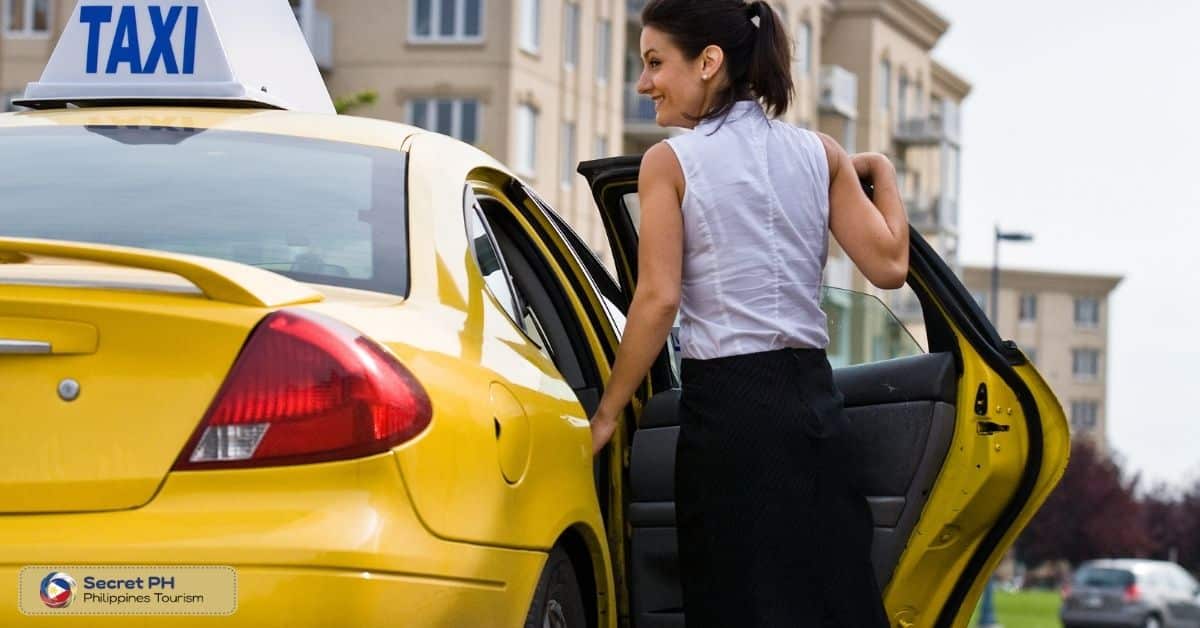
Cost Comparison: Taxis vs. Grab
The cost of transportation can be a major factor when deciding between taking taxis or Grab. While traditional taxi rides tend to cost more, the fares for Grab rides typically range from slightly cheaper to significantly cheaper than those of taxis. Understanding the differences in costs between these two options is important for travelers who are looking to save money when getting around the Philippines.
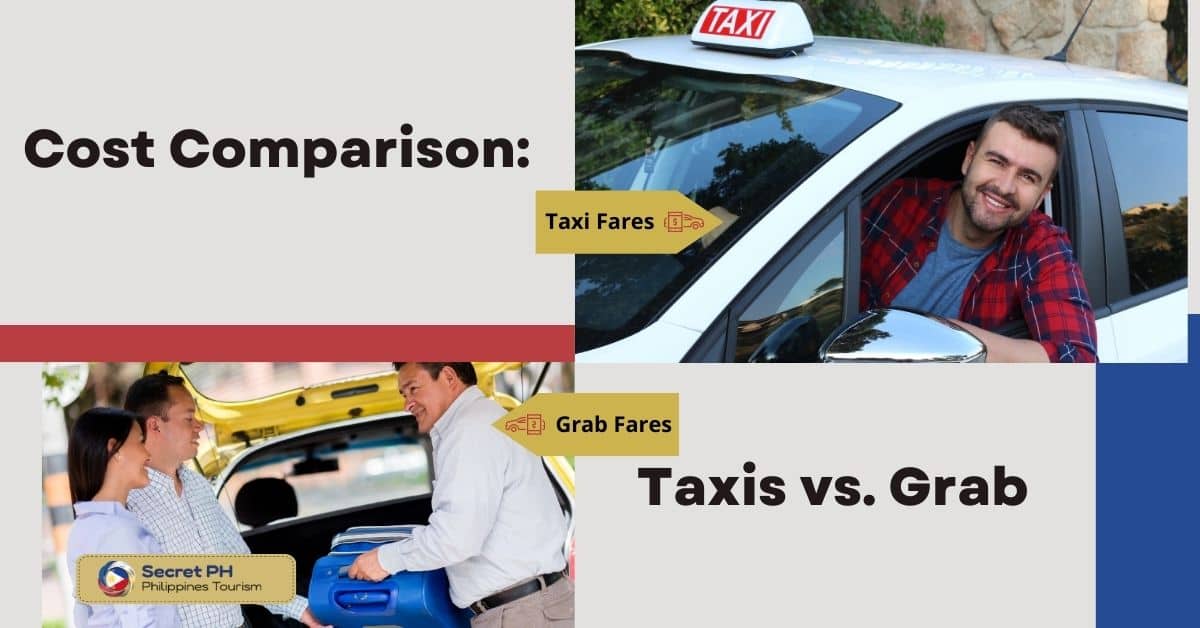
Taxi Fares
Taxi fares in the Philippines vary depending on the time of day, traffic conditions, and distance traveled. Generally speaking, taxi rides tend to be more expensive than Grab rides.
The base fare for a taxi ride is usually around PHP 40 (~US$ 0.80) and increases by at least PHP 13 (~US$ 0.25) for every kilometer traveled. It is important to note that many taxi drivers do not use their meters and will often overcharge tourists, so it is essential to negotiate a price before getting in the vehicle.
Grab Fares
The fares for Grab rides are usually cheaper than those of taxis, especially during peak hours or rush hour. The base fare for a Grab ride is usually around PHP 50 (~US$ 1) and increases by at least PHP 10 (~US$ 0.20) for every kilometer traveled. Additionally, Grab often offers discounts and promotions that can help you save even more money on your trips.
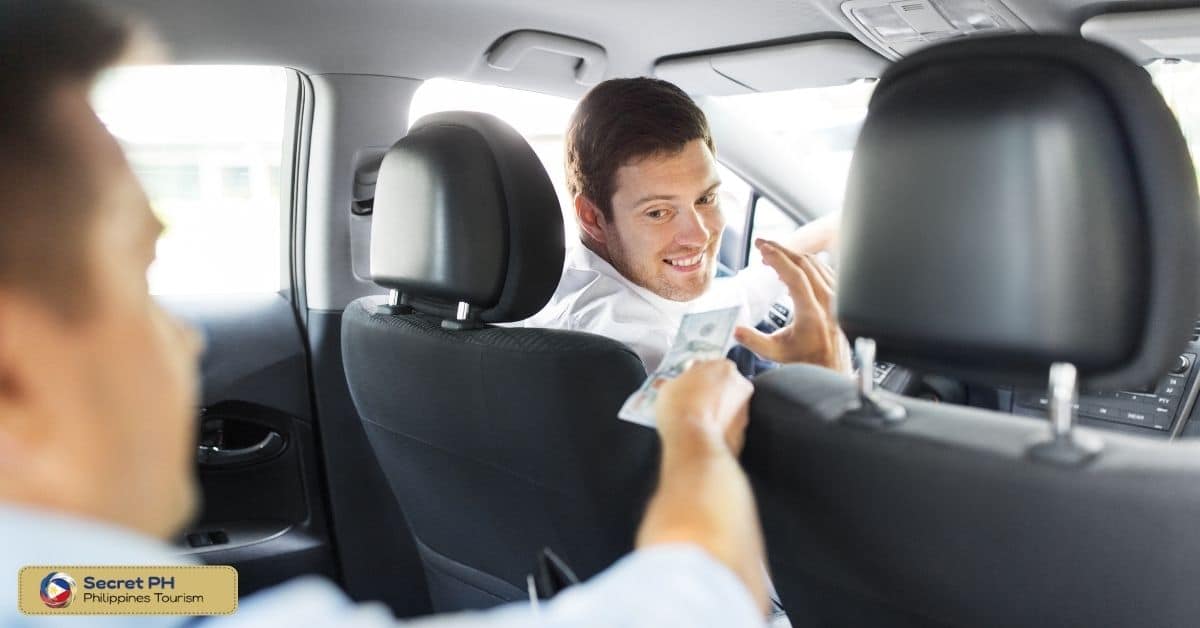
Tips for Using Taxis and Grab in the Philippines
It can be difficult to navigate transportation options when traveling in a new country, so it is important to take safety precautions when using taxis and Grab in the Philippines. Here are some tips for making sure you get from point A to point B safely and without the hassle:
1. Always make sure you know the cost of your ride before getting in a vehicle. Ask the driver for an estimate and confirm that it is reasonable.
2. Be aware of “surge pricing” when using Grab, as this could significantly increase the cost of your ride.
3. Make sure to get a receipt from your taxi driver, which will include the cost of your fare and other important information.
4. Ensure that your Grab driver is licensed before getting in their vehicle.
5. Don’t leave any valuable items in a taxi or Grab vehicle after you get out, as it may be difficult to retrieve them later on.
6. Try to avoid taking taxis or Grab late at night, as this can be more dangerous and you may be charged extra.
7. If possible, book your rides in advance and look for discounts or promotions that could help save you money.
8. Be aware of the local laws and regulations regarding taxi and Grab services in the Philippines before traveling.
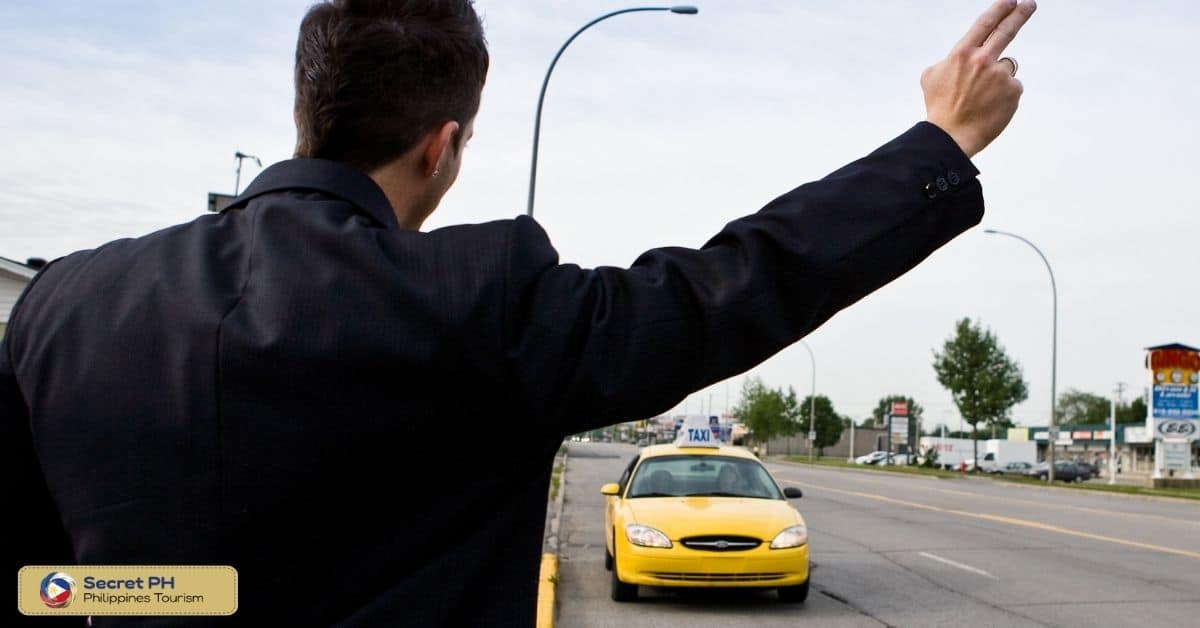
Alternative Modes of Transportation in the Philippines
When getting around the Philippines, there are a variety of transportation options available besides taxis and Grab. Depending on where you’re going and how much time you have, different modes may be more suitable or cost-effective than others. Here is an overview of some alternative ways to get around the Philippines:
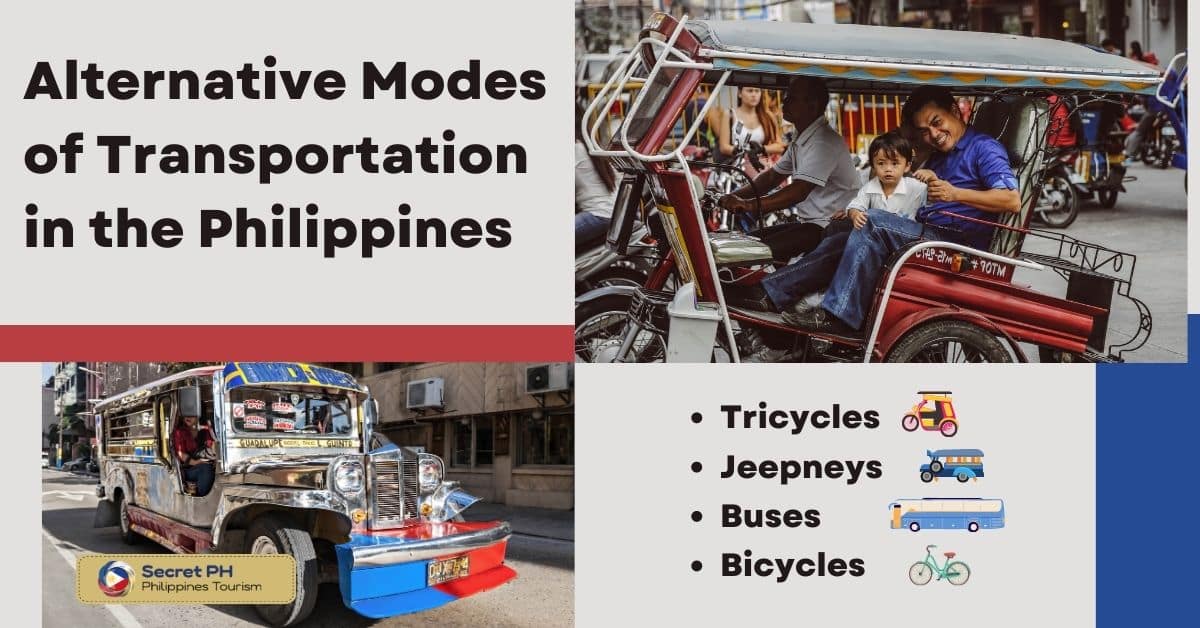
Tricycles
Tricycles are a common form of transportation in the Philippines, particularly in rural and suburban areas. They are three-wheeled vehicles that can accommodate up to four passengers at once.
The fare for tricycles is typically much cheaper than taxis or Grab, and they can often take you to places where other modes may not be able to due to their size. However, tricycles may not be as safe or reliable as taxis and Grab, so it is important to use caution when taking one.
Jeepneys
Jeepneys are a popular mode of transportation in the Philippines, especially for longer distances. They are open-air, modified jeeps that are brightly decorated and can accommodate up to 20 people at once.
Jeepneys offer an affordable way to get around, with fares typically costing less than 10 pesos per passenger. While they are convenient and cheap, they may not be the safest option as drivers often take on passengers without verifying their identities. Furthermore, they may not be available at all times and can therefore be unreliable.
Buses
Buses are another popular mode of transportation in the Philippines. They can be found all over the country, and offer an affordable way to get around. The fares vary depending on the distance being traveled and can range from 20-50 pesos per trip. Buses are generally more comfortable than jeepneys, as they usually have air conditioning and comfortable seating.
However, they are often crowded during peak hours or on holidays and can be unreliable if there are road closures or traffic delays. Furthermore, buses may not have the same safety standards as taxis or Grab vehicles, so it is important to ensure that your driver is licensed before getting in.
Bicycles
Bicycles are a great way to explore the Philippines, as they provide an economical and environmentally-friendly mode of transportation. They can be rented from various locations in major cities such as Manila, Cebu City, and Davao City.
Renting a bicycle is generally cheaper than taking taxis or Grab, and allows you to enjoy the scenery and attractions of the country at your own pace. However, it is important to consider safety when cycling in the Philippines, as roads may be poorly maintained and traffic can be chaotic. Additionally, bicycles may not always be available in certain areas or during peak hours.
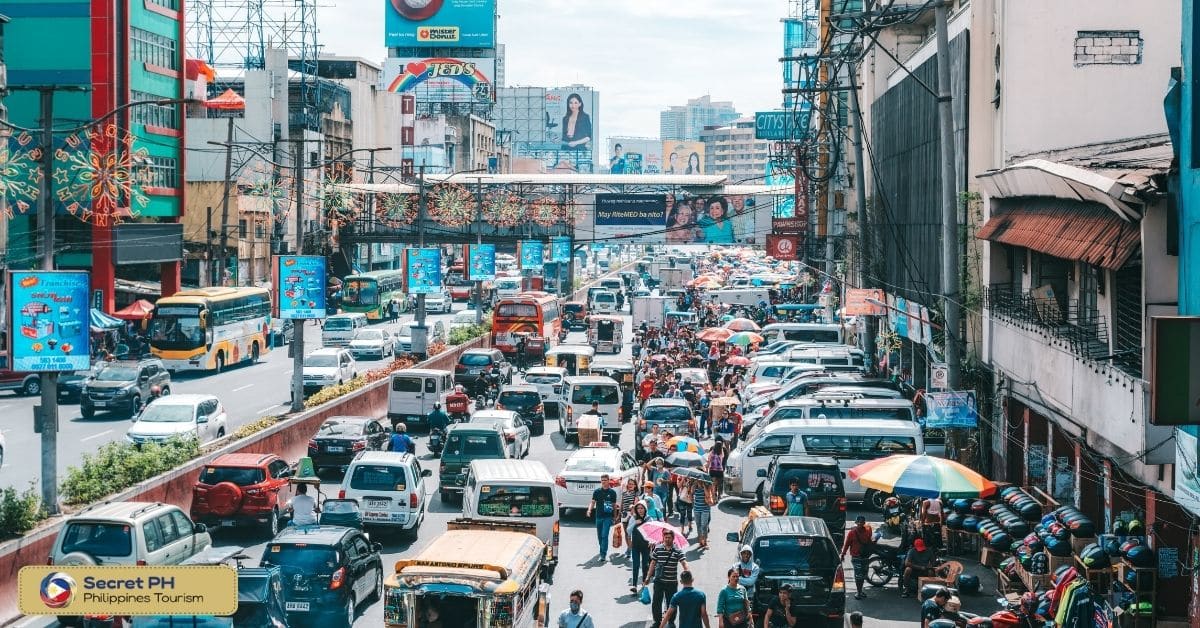
In conclusion
Getting around the Philippines can be a daunting task for first-time visitors and those unfamiliar with the local transportation options. Taxis and Grab are two popular choices for getting around, each offering its own pros and cons.
It is important to consider safety and cost when choosing between them. Additionally, there are many other modes of transportation available, such as tricycles, jeepneys, buses, and bicycles. Whichever option you choose, make sure to take precautions and always plan ahead to ensure a safe and enjoyable trip.

